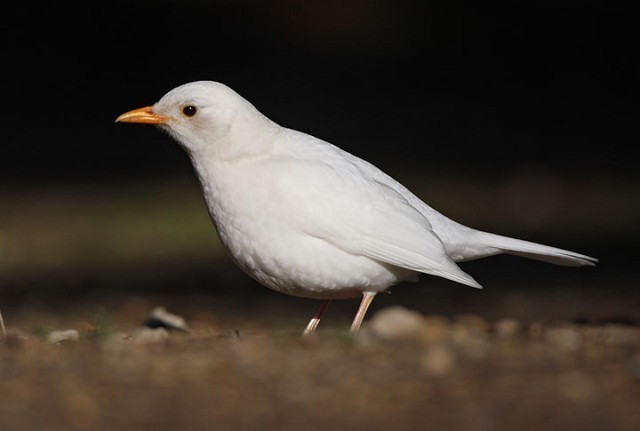Do you have a distinctive bird visiting your garden? Perhaps a white Blackbird frequents your flowerbeds, or a black-headed Blue Tit visiting your feeders. The BTO wants to know.

Blue Tit, Burnley, Lancashire (Photo: Robbyuk)
The BTO are running a survey in an attempt to find out how common are plumage aberrations, which species are affected, which aberrations are commonest, and if these aberrations are commoner in some areas than in others. Anyone who sees an abnormally coloured individual in their garden should note down the type of plumage aberration (melanisms — an increased amount of dark pigment; leucism — a reduction in pigment, resulting in a washed-out appearance or plumage with patches of white; albinism — a complete lack of pigment resulting in entirely white plumage and a red eye. Note that some cases of leucism can also result in an entirely white plumage but that they eye remains dark), the species of bird, if the bird was breeding locally, if the behaviour different from that of the normal-plumaged birds around it and, of course, the location of the observation.
Survey forms can be completely online at the BTO's Abnormal Plumage Survey page.
To illustrate some of the variation in abnormal plumages, here's a slideshow of some of our favourite from the BirdGuides "aberrant birds" gallery (click the Blackbird below to view):


